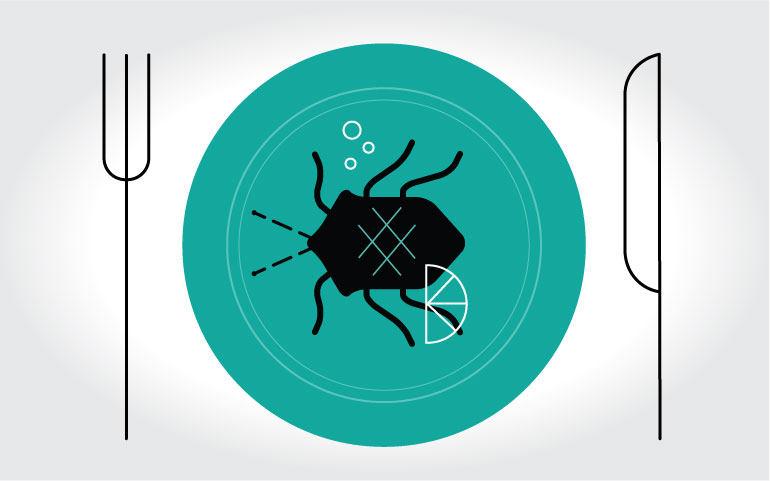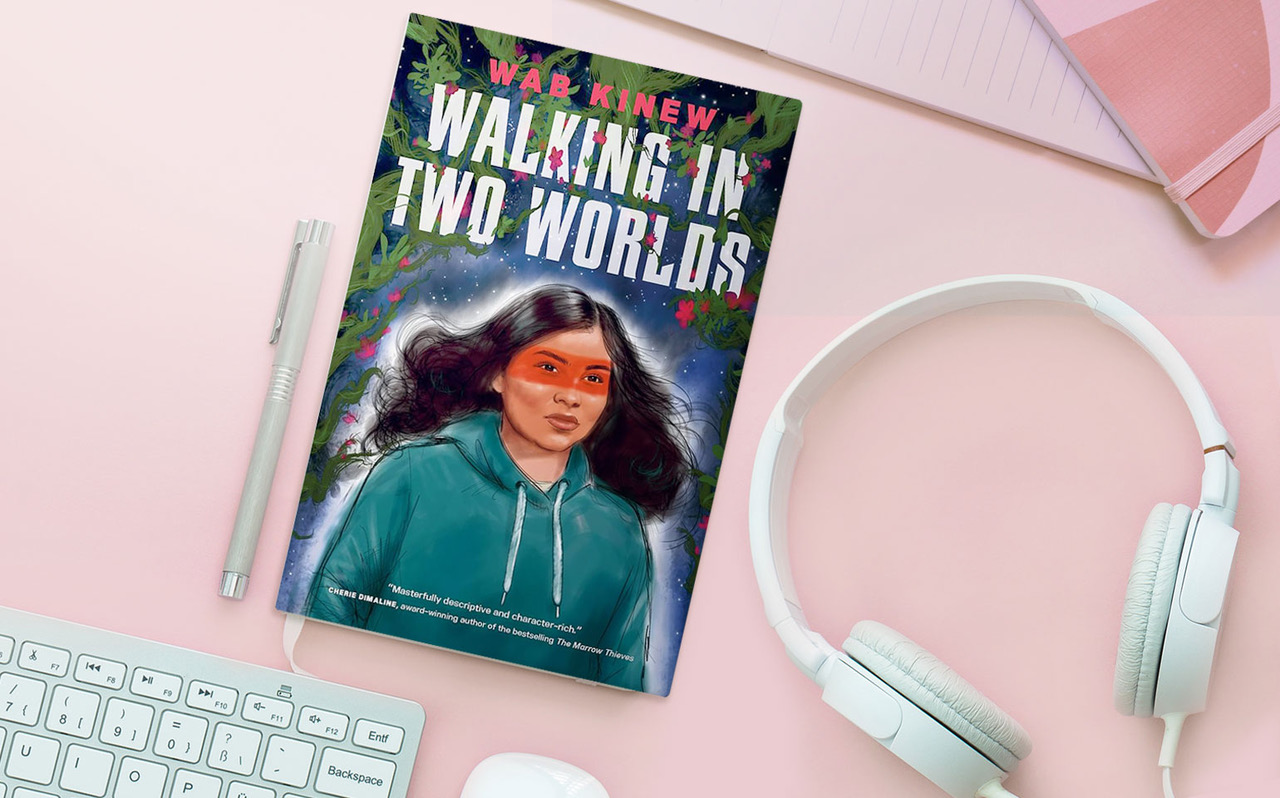
Insect Meals
One of the most notable things about 21st century cuisine is the open-mindedness that comes with it. Our diets consist of various grains and meats, some of which wouldn’t be there if not for the integration of multiple cultural foods in our daily meals. For example, as a starter, you could have Indian style savory samosas, and for your meal, you could have noodles with bok choy. It is because of this variety of foods that we are able to meet all our nutritional needs.
Another notable fact about the 21st century is the lack of resources. As the world population grows exponentially, our resources, like food and fresh water, dwindle and the cost of living sky rockets. Many aren’t able to afford traditional meat and thus have to look for lower quality alternatives. But if they choose these alternatives, it results in a lack of some essential nutrients from their diet. This brings about a demand for meat that can sustain the nutrition needs. And that’s when we begin to look at insects.
According to a journal by two researchers at the Czech University of Life Sciences, “from a nutritional point of view, insects have significant protein content. It varies from 20 to 76% of dry matter depending on the type and development stage of the insect.
Fat content variability is large (2–50% of dry matter) and depends on many factors. Total polyunsaturated fatty acids’ content may be up to 70% of total fatty acids. Carbohydrates are represented mainly by chitin, whose content ranges between 2.7 mg and 49.8 mg per kg of fresh matter. Some species of edible insects contain a reasonable number of minerals (K, Na, Ca, Cu, Fe, Zn, Mn, and P) as well as vitamins such as B group vitamins, vitamins A, D, E, K, and C.” (Science Direct, NFS Journal). Due to high amounts of nutrients in insects, they are now being scrutinized and considered as possible meal replacements.
But nutrients aren’t the only thing to take into consideration. As any food enthusiast will tell, the taste is an important factor.
In Burkina Faso, during the rainy season, “you’ll find the trees stripped of their leaves and the ground covered in shea caterpillars. Villagers wake as early as 02:00 to collect the juiciest specimens, which they cook into a stew for a hearty meal or fry as a snack. They’ve been described as tasting like meaty vegetables.” (BBC, Charlotte Payne).
When you think about it, the idea isn’t too bad. Since insects are already being eaten in various cultures around the world, it only makes sense that, in the near future, we will find packets of insect protein or insects in general at our local grocery market. But if you’re like me, there’s one big thing to consider; the insects themselves.
Insects have always been viewed with disdain by majority of people. If you find a spider at home, your first thought is to scream, followed by disposing of the creature, or killing it. Both these options are very hard to choose from. The cringe that you feel in the presence of an insect is really unnerving. So how can you eat without regurgitating your stomach contents?
Fried tarantulas are considered a delicacy in Cambodia. The furry creatures are fried and seasoned to taste. Bugs Cafe, a cafe in Cambodia, has been gaining popularity for its insect filled menu. Their most popular dish is the fried tarantulas. While many attest to the exotic taste of the dish, many others are wary of the insects.
Whether or not you can stomach it is a question for yourself. There is no doubt that insects can be an excellent source of protein and other nutrients…but I know that I will never be able to eat them. Despite all the positive aspects to it, if I see a fried tarantula or any other edible insect, I will be reminded of the pesky crawlers that haunt my home. The world is getting broader, and our plates are getting filled with multi-ethnic dishes. A future with insect meals is closer than you think. Cricket based protein has already been introduced in some Loblaws stores in Toronto. Perhaps this is something for you to think about, or maybe, something to eat!



